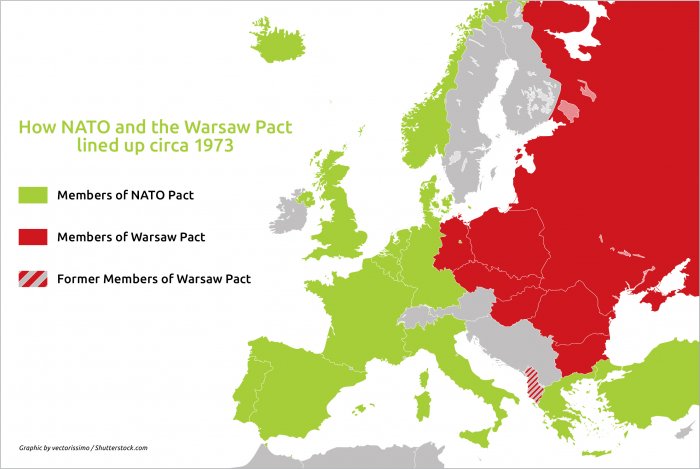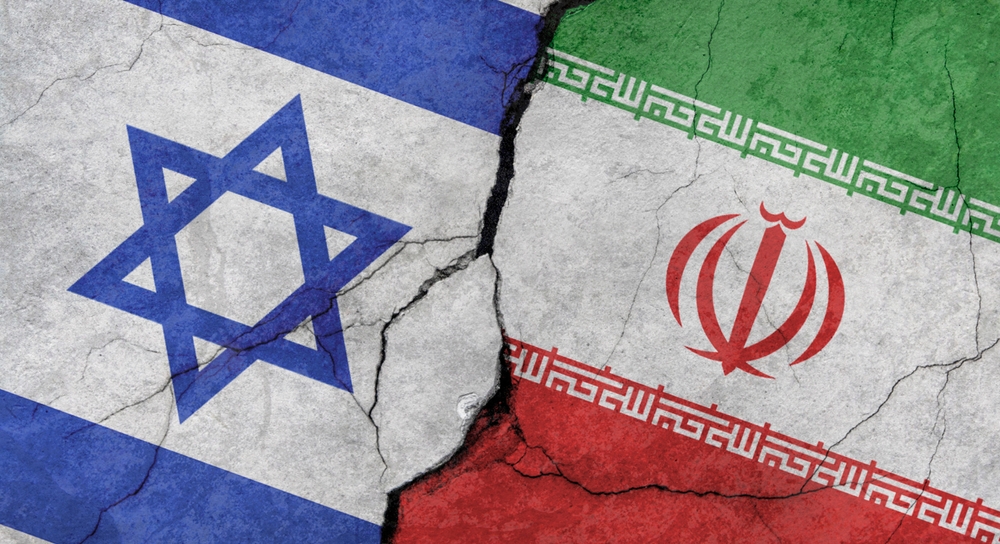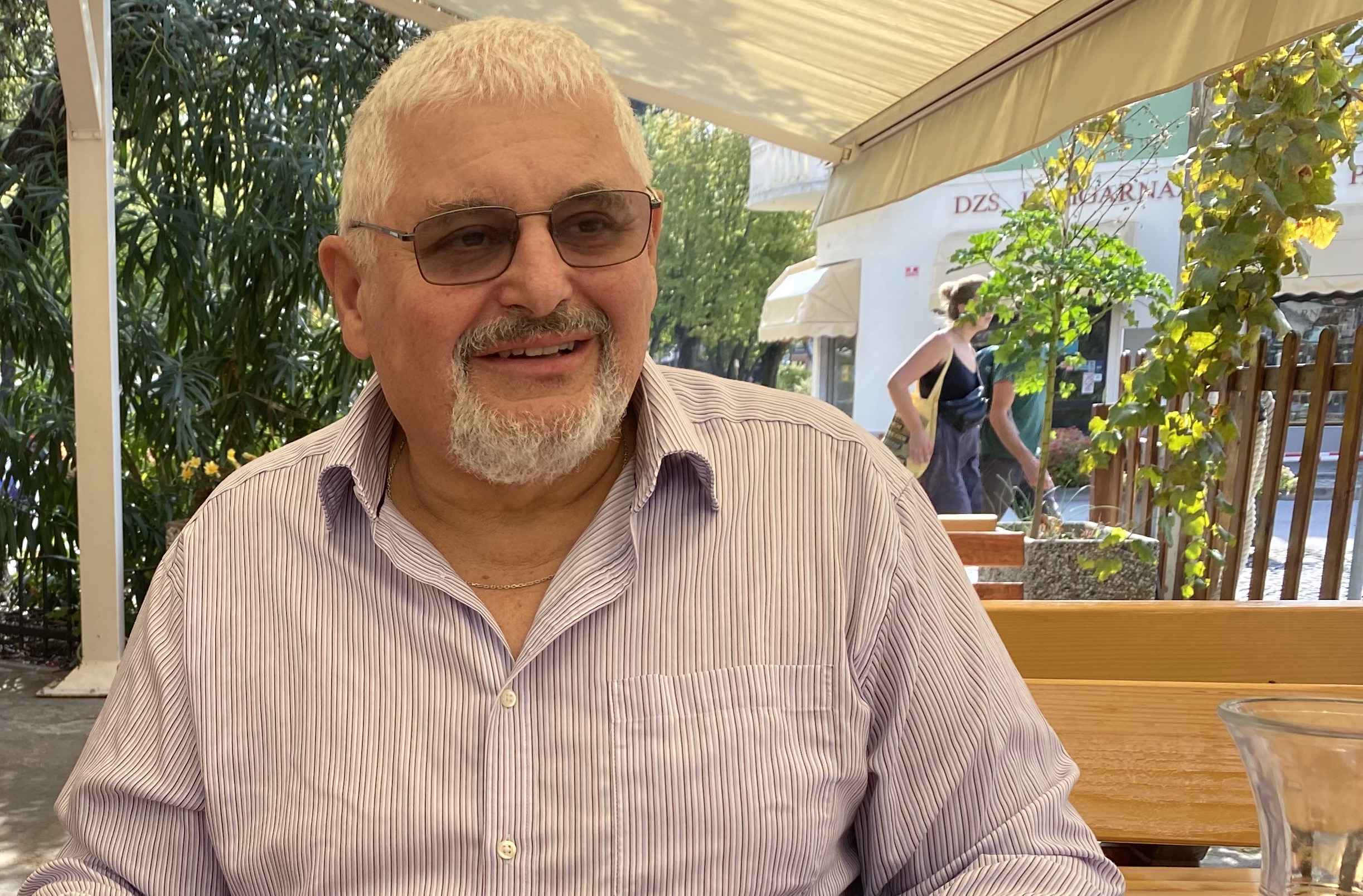30 Years of Freedom: Hungary’s Euro-Atlantic Pivot

Apart from historians and foreign policy scholars, possibly few people remember the Warsaw Pact, the Eastern bloc’s military alliance. While the demise of the Pact was inevitable, it was also crucial for Hungary’s Euro-Atlantic alignment. Completed in 2004, the integration of Hungary into the Western European structures marked the end of a long road of negotiations and cooperation, to which parties from across the domestic political spectrum contributed.
History is not without a sense of irony. On July 1, 1991, the delegations of the Warsaw Pact (formally the Warsaw Treaty of Friendship, Cooperation, and Mutual Assistance) member states agreed on ending the military-political cooperation of the former socialist states.
The summit was hosted by Prague, the capital city of what was then still Czechoslovakia, where an emergent democracy had been ruthlessly crushed in 1948 by Soviet-backed communists in the Czechoslovak coup d’état and again in 1968 by the Warsaw Pact itself.
While the organization was formally created to protect the Socialist countries from an external military intervention, the Pact never had to counter such a threat. Instead, paradoxically, it was used against the member states it was supposed to protect.
At the end of World War II, European nations were longing for peace and reconstruction and for the wounds to heal. But the decade that followed was far from it.
In the summer of 1945, the leaders of the USSR, the United States and the United Kingdom gathered at Potsdam to decide how to administer defeated Germany, establish the postwar order and counter the effects of the war.
The Potsdam Conference seemingly ended in a positive tone, but this did not last long. Distrust developed quickly between the communist bloc, dominated by the USSR, and the Western world. By 1946, the terms “Cold War” and “Iron Curtain” had been coined.
Truman Doctrine
The perceived necessity of containing Soviet geopolitical expansion was raised in the United States to state policy level in 1947, when President Harry S. Truman announced to Congress what later became known as the Truman Doctrine.
Some of its elements are better known to history as the Marshall Plan, a pledge of economic assistance for European countries willing to participate, and Radio Free Europe/Radio Liberty, an alternative to the socialist propaganda-dominated press in the Eastern bloc countries.
The doctrine also led in 1949 to the formation of the North Atlantic Alliance, or NATO. In response, the Soviet Union formed the Warsaw Pact in 1955.
The USSR left no doubt about its domination plans. Berlin had been separated into four zones, controlled by the Soviets, the Americans, the British, and the French. As tensions mounted, Stalin in June 1948 instituted the Berlin Blockade. His aim was to prevent food, materials and supplies from arriving in West Berlin.
The Western countries began a massive airlift to supply West Berlin, and Stalin gave up the blockade a year later. Also in 1948, the Communist Party of Czechoslovakia, with Soviet backing, seized power in the country with a coup that alarmed Western countries and accelerated the adoption of the Marshall plan.
Stalin died in 1953, which temporarily relaxed tensions, and with the formation of the Warsaw Pact in 1955, many in Eastern Europe hoped that the formal military alliance would satisfy the USSR in terms of its internal dominance. This hope proved to be very wrong.
Hungarians rose in 1956 against their Stalinist leader Mátyás Rákosi and demanded free elections, the withdrawal of Soviet troops, freedom of speech and a free press. Having initially withdrawn, the Soviet Army invaded the country and crushed the revolution.

East German (GDR) postage stamp from 1985 celebrating 30 years of the Warsaw Pact, with the word “Frieden” (“Peace”) spelt out by the flags of the member states. Photo by Mitrofanov Alexander / Shutterstock.com.
Prague Spring
In 1968, Czechoslovakia suffered a similar fate: a period of political liberalization, dubbed the “Prague Spring” ended in August, when the Soviet Army invaded the country, together with most of its Warsaw Pact allies.
(Albania, which withdrew from the pact that same year, and Romania refused to join, Yugoslavia was never a member and did not participate; Hungary, however did send troops.)
If this historical retrospective seems lengthy, it is necessary to understand the significance of the events that had developed in Eastern Europe after 1990, as well as the deep tensions and fears inflicted during decades of domination by the USSR.
Most families in the region had relatives executed, imprisoned or deported to Soviet labor camps for merely expressing their desire for freedom. The precedents of the 1956 Hungarian Uprising and the 1968 Prague Spring were a long-lasting warning to all political leaders, who barely considered the idea of distancing themselves from the Kremlin.
Only two leaders reached a relative independence: Josip Broz Tito in Yugoslavia and Nicolae Ceauşescu in Romania.
The Warsaw Pact had been renewed in 1985 for 20 years, but history, as it so often does, stepped in. Hard line Soviet leader Leonid Brezhnev died on November 10, 1982 and was briefly succeeded by former KGB hardman Yuri Andropov (November 12, 1982-February 9, 1984) and then, even more briefly, by Konstantin Chernenko (February 13, 19-March 10, 1985).
Eventually, the baton was passed to Mikhail Gorbachev, who inherited a declining economy, and found he was unable to finance military operations and equipment upgrades any more. He started negotiations with the United States to reduce both the nuclear arsenal and the number of Soviet troops stationed in Eastern Europe. He also started the withdrawal from Afghanistan.

Brezhnev Doctrine
Dismantling the Warsaw Pact was only a matter of time, and that time came in July 1989. At a summit in Bucharest, the organization took the historical step of dropping the so-called Brezhnev doctrine, which had been the basis of the invasion of Czechoslovakia in 1968, and recognized the right of members to pursue their own policy.
The final blow for the Pact was the reunification of Germany in October 1990, which meant relinquishing the German Democratic Republic (the GDR or East Germany) to the much-loathed West. On February 12, 1991 Moscow declared that it would end the Pact by April 1. The withdrawal of the Soviet troops from Eastern Europe began, and was completed in Hungary on June 19 (see our June 5 issue for more on this).
The final act was set for July 1st, in Prague. Closing the Warsaw Pact also meant the end of the Cold War and the defeat of the USSR. As a last gesture, the Kremlin called on Washington to end NATO as a reciprocity, a call unsurprisingly ignored by Washington. Within a few years, all the members of the Warsaw Pact had been incorporated into NATO.
For Hungary, the drive to join NATO was given impetus by the bloody disintegration of Yugoslavia (a process that had begun with the death of Tito in 1980) into its constituent republics: Bosnia and Herzegovina, Croatia, Macedonia, Montenegro, Serbia and Slovenia.
The wars in its immediate vicinity came at the worst possible moment for Hungary, with defense at minimal levels. The economy and state finances were close to bankrupt, the military equipment obsolete. NATO membership was not in sight. While the Yugoslav wars did not reach Hungarian territory, it became obvious that neutrality or any other loose form of military alliance were not a viable option for Hungarian defense.
NATO membership therefore became crucial, but NATO had its own problems. With the disappearance of the bipolar East vs. West world order, asymmetrical threats emerged and the Alliance had to reshape its strategy and resources. But it was also obvious that integration of former Socialist countries was inevitable.
Compromise Solution
As a compromise solution, NATO started what it called Partnership for Peace, a program intended to offer closer cooperation to these countries, but not yet membership. Hungary joined the program in February 1994 and participated actively to NATO’s operations in Bosnia and Croatia within the IFOR (Implementation Force) multinational peace enforcement operation.
Hungarian troops contributed to rebuilding railroads, roads and bridges and demining former combat areas. Hungary also contributed to NATO operations in Bosnia through making its logistical and air force bases available in Kaposvár and Taszár.
Hungary formerly declared its aim to join the Alliance in 1996 and a referendum to win public backing was held the next year, with a turnover of 49.2% of all voters. The approval rate was an overwhelming 85.3%. In 1999, NATO integrated its first new members from the former Socialist bloc: Hungary, Poland and the Czech Republic.
Following integration, Hungary actively participated in NATO operations: as part of the KFOR deployment in Kosovo (1999), in Afghanistan (from 2003) and Iraq (2004), as well as in EU and NATO operations in Lebanon, Cyprus, Congo, Uganda and the Sinai Peninsula.
A weak point in the Hungary-NATO relations has been meeting the requirement to spend 2% of its GDP on defense (a failing common to many members). Hungary has still not reached this amount yet, but it has pledged to do so by 2024, and the government of Viktor Orbán has increased military spending.
While NATO is primarily a military alliance, and membership has greatly helped to modernize Hungary’s armed forces, the gains extended beyond that. For historical reasons (not least the 100-year-old Trianon peace treaty signed at the end of World War I), large Hungarian communities live in neighboring countries and NATO puts a great emphasis on strengthening democracy and protecting minority rights.
Thus, Hungary has had a stronger influence in promoting the rights of Hungarian minorities in bilateral relations. On the other hand, countries which were not included in the first wave of enlargement (Romania, Slovakia) needed to rely on Hungary’s support in their goal to join the Alliance.

Magic Wand
Together with NATO enlargement, Eastern European states had one other major goal: joining the European Union. While NATO membership was a clear issue (a shield to protect from foreign intervention), the EU was a rather different story.
Some regarded it as a magic wand that would bring immediate prosperity and Western European standards of living, Mercedes cars and trips to Paris. Others were deeply suspicious, regarding the EU as a ruthless space where poor newcomers would be stripped of their independence and what assets they had left after communism.
Be that as it may, it was a generally accepted idea that joining the EU would repair a historical injustice that had thrown the Eastern European countries behind the Iron Curtain into a system that they never wanted and never fully belonged to.
Official relations between Hungary and the EU, at that time known as the European Community, began as early as 1988, when diplomatic ties were established. After it gained independence, Hungary pursued membership, officially applying for it in 1994.
A major step from the EU side was the European Council summit in Madrid in December 1995, where the participants declared that enlargement was both a political necessity and a historical opportunity for Europe. The summit also stated that membership applications would be carefully studied and approved only if economic and general political development conditions were met.
In the next two years the European Commission reviewed the reports of the 10 candidate states and recommended starting accession negotiations with Hungary, among others.
The negotiations were closed in 2002, and the next year a referendum on accession was held with a turnover of 45.6%, of which 83.7% voted in favor of joining the EU. The first wave of enlargement was formally completed on May 1, 2004.
Benefit Gained
You might not realize it from some of the rhetoric, but accession proved beneficial, even if results did not emerged from day one, as some hoped for.
A conference held by the European Commission on the occasion of the 15th anniversary of the enlargement presented data on how countries had performed during this period (the full report can be accessed on ec.europa.eu).
The most commonly used indicator, GDP per capita, rose in the new member states on average by 250%: by 2018, all of them had reached 70% of the EU average economic development level.
In the case of Hungary, the rise is spectacular: while in 2004 the GDP per capita was somewhat more than EUR 10,000, by 2018 it had reached EUR 22,000. Labor productivity and real compensation per employee (salary) also rose significantly in Hungary, but the real gain is visible in the labor market activity rate of those 20-64 year olds, 77% in 2017.
From 2017 onwards, things got more complicated, especially with the United Kingdom’s decision to leave the EU. But that is a different story.
Euro-Atlantic Timeline
• May 8, 1945 Victory in Europe
• August 15, 1945 Victory over Japan
• September 2, 1945, Surrender ceremony onboard U.S.S. Missouri marks the official end of World War II
• April 4, 1949 Formation of NATO with signing of North Atlantic Treaty
• May 14, 1955 Formation of the Warsaw Pact
• 1991 End of the Warsaw Pact; beginning of the Yugoslav Wars
• 1994 Hungary joins the NATO Partnership for Peace program, applies for EU membership
• November 16, 1997 Hungarian referendum on NATO accession, 85% approval
• March 12, 1999 Accession of the Czech Republic, Hungary and Poland to NATO
• April 12, 2003 Referendum on EU accession, 83% approval; the second Iraq war
• May 1, 2004 Hungary joins the EU
SUPPORT THE BUDAPEST BUSINESS JOURNAL
Producing journalism that is worthy of the name is a costly business. For 27 years, the publishers, editors and reporters of the Budapest Business Journal have striven to bring you business news that works, information that you can trust, that is factual, accurate and presented without fear or favor.
Newspaper organizations across the globe have struggled to find a business model that allows them to continue to excel, without compromising their ability to perform. Most recently, some have experimented with the idea of involving their most important stakeholders, their readers.
We would like to offer that same opportunity to our readers. We would like to invite you to help us deliver the quality business journalism you require. Hit our Support the BBJ button and you can choose the how much and how often you send us your contributions.









